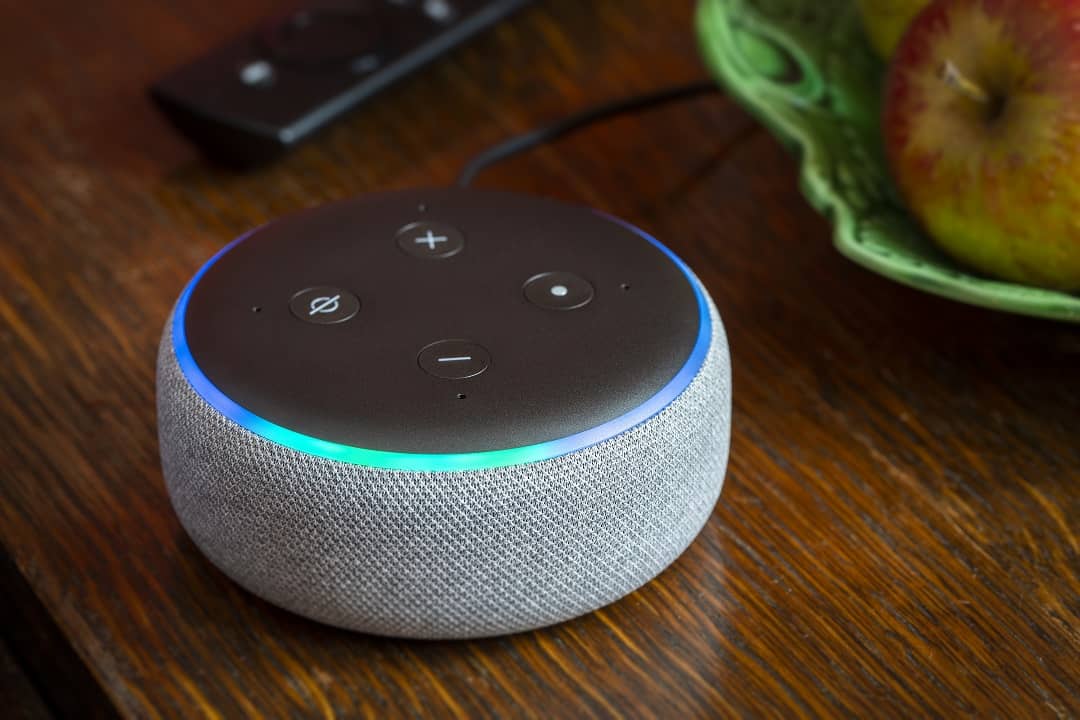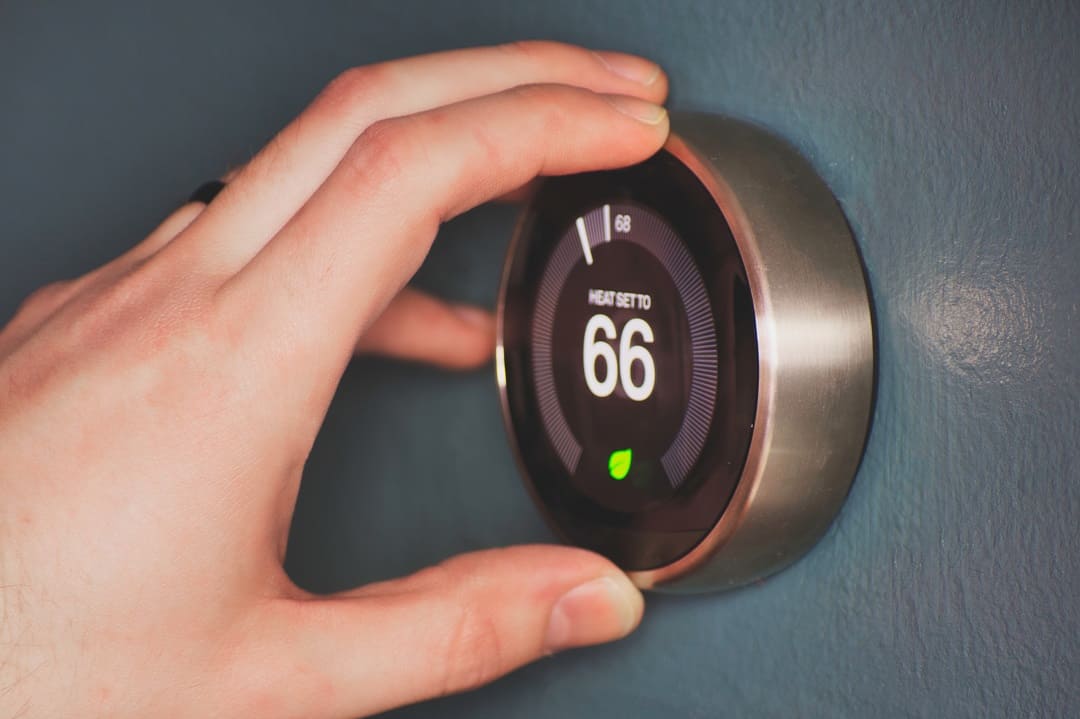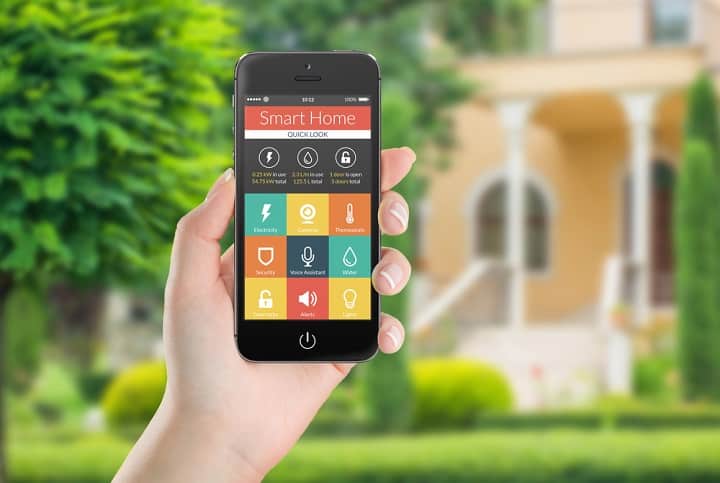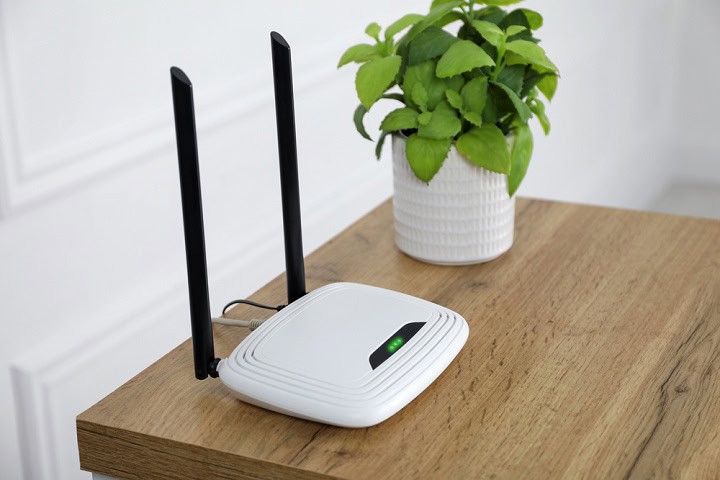Choosing between Alexa and Google Assistant can be a bit tricky, especially when both offer unique features tailored to different needs. This post will guide you through a detailed comparison of their voice recognition abilities, device compatibility, and how well they connect with other gadgets. We’ll also touch on privacy considerations and data handling practices that might influence your decision. For those new to these virtual assistants, there are also beginner-friendly tips on setup and customization to help you get started. By the end, you’ll have a clearer understanding of which assistant fits your lifestyle best.
Features Comparison
When choosing between Alexa and Google Assistant, voice recognition and commands are important aspects to think about. Alexa, developed by Amazon, is known for its ease of understanding and responding to various accents and speech patterns. Google Assistant also offers strong voice recognition, often praised for its natural language processing, which helps it understand more conversational queries. Both assistants can perform a wide range of tasks through voice commands, such as playing music, setting reminders, or providing weather updates.
Device compatibility is another factor to consider. Alexa works with a wide variety of smart home devices, thanks to Amazon’s partnerships with several manufacturers. This makes it a flexible choice for those with various smart home gadgets. Google Assistant is also compatible with many devices, tends to work best with those in the Google ecosystem. This includes Google Nest products and Android devices. Both assistants support integration with third-party apps, allowing users to expand their functionalities according to their needs. And if your smart home devices use the Matter standard, they’ll be compatible with both devices by default.
Both smart home assistants also come in various form factors. You can use them as a stand alone app on your smart devices like a phone or tablet. Or you can purchase a dedicated audio device like the Amazon Echo Dot or Google Nest Mini. Both also come in smart displays where you can view feeds from security cameras, watch streaming media, listen to music, or use voice controls to interact with your home.
Ecosystem Differences
When considering which voice assistant to choose, the differences in ecosystem can be significant. Alexa, developed by Amazon, works smoothly with a wide range of smart home devices, especially those within the Amazon ecosystem like Amazon Music, Echo speakers and Fire TV. It also connects with a variety of third-party devices, making it a flexible option for users who have gadgets from different manufacturers. On the other hand, Google Assistant is integrated well with Google services and devices, such as Google Nest products and Android phones. This integration can be beneficial for users who are already invested in Google’s services and products, offering a more unified experience.
Privacy and Data
Privacy and data handling are also important factors when choosing between Alexa and Google Assistant. Amazon’s Alexa stores recordings and processes data to improve its services, and users can review and delete these recordings if desired. Google Assistant similarly collects data to enhance its functionality, with options for users to manage their privacy settings and data history. Both companies emphasize security and provide means for users to control their data, but the specific practices and user controls can differ, making it worth examining each company’s privacy policies and settings to ensure they meet individual preferences.
Ads
When it comes to ads, Amazon Alexa and Google Home Assistant take very different approaches. Alexa often includes ads and promotional notifications in its interactions, such as suggesting products, offering deals, or notifying you about shopping opportunities. While some users may find this helpful, others see it as intrusive and unnecessary, especially in a device meant to simplify their home. On the other hand, Google Assistant has a cleaner experience, free from ads or product promotions. This makes Google Home feel less cluttered and more focused on providing helpful answers and controlling your smart home, without the distractions of unsolicited marketing.
Both companies use your data to better tailor ads outside of the smart home to you. So, for Amazon Alexa, you may be talking about needing toothpaste and start seeing more toothpaste options showing up in your Amazon shopping portal. Google Home is similar in that you’ll start seeing more toothpaste ads on the internet and Google Search results.
Our Recommendation
When it comes to choosing between Alexa and Google Assistant, we tend to recommend Google Home. While both platforms offer robust smart home integration and voice control, Google Home provides a cleaner, more user-focused experience. Amazon Alexa’s frequent ads and promotional notifications can feel intrusive, detracting from the simplicity and convenience a smart assistant should provide. Google Home, by contrast, prioritizes functionality without bombarding you with product suggestions, making it a better fit for users who want a streamlined smart home experience. For a clutter-free and efficient assistant, Google Home is our top pick.
Setting Up Alexa vs Google Home
Setting up both Alexa and Google Assistant is straightforward. For Alexa, you start by downloading the Alexa app on your smartphone or tablet. Follow the on-screen instructions to connect your Alexa device to your Wi-Fi network. With Google Assistant, you need to have the Google Home app installed. It will guide you through connecting your device to the internet. Both apps are user-friendly, guiding you through the process with clear instructions.
Once you have the apps setup, adding your smart home devices is also pretty seamless. Simply navigate to the devices tab in each app, and hit the + or Add button to add new devices in. You may be required to login with that device’s app, or maybe able to directly connect. For each device, you should be walked through connecting it to your smart home assistant.
Customization and Automations
When it comes to customization, both assistants offer a range of options. Alexa allows you to create routines, which are sets of actions triggered by a single command. You can also choose from different voice options and adjust settings to suit your preferences. Google Assistant offers similar features, letting you set up daily routines and customize its voice. Both assistants allow for adjustments in settings, ensuring they fit into your daily life with ease.
One big advantage to setting up Google Home vs Alexa is Google’s new feature that lets Google Gemini assist with setting up smart home automations. You can speak to Gemini, and it will automatically create automations for you. This is a lot easier for new users than trying to configure an automation using the UI, and something we enjoy playing with.
In Summary
Choosing between Alexa and Google Assistant ultimately comes down to personal preference and specific needs. If you use many Amazon products, Alexa might be the best fit. On the other hand, if you are deeply integrated into the Google ecosystem and use Google services frequently, Google Assistant could be more suitable. And if you prefer a more seamless experience without ads, be sure to go with Google Assistant. Both assistants offer strong voice recognition, a range of compatible devices, and options for customization. Privacy and data handling practices also play a role, so evaluating these aspects according to your comfort level is important. By considering these factors, you can decide which smart assistant will complement your lifestyle the most.




